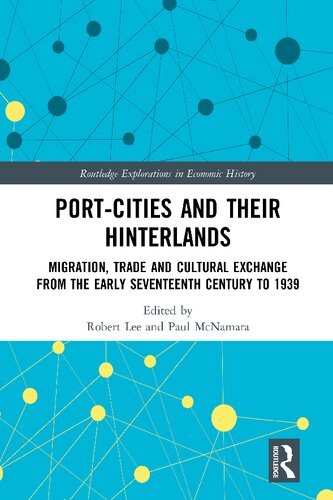

Most ebook files are in PDF format, so you can easily read them using various software such as Foxit Reader or directly on the Google Chrome browser.
Some ebook files are released by publishers in other formats such as .awz, .mobi, .epub, .fb2, etc. You may need to install specific software to read these formats on mobile/PC, such as Calibre.
Please read the tutorial at this link: https://ebookbell.com/faq
We offer FREE conversion to the popular formats you request; however, this may take some time. Therefore, right after payment, please email us, and we will try to provide the service as quickly as possible.
For some exceptional file formats or broken links (if any), please refrain from opening any disputes. Instead, email us first, and we will try to assist within a maximum of 6 hours.
EbookBell Team

4.3
58 reviewsThis interdisciplinary book brings together eleven original contributions by scholars in the United Kingdom, continental Europe, America and Japan which represent innovative and important research on the relationship between cities and their hinterlands. They discuss the factors which determined the changing nature of port-hinterland relations in particular, and highlight the ways in which port-cities have interacted and intersected with their different hinterlands as a result of both in- and out-migration, cultural exchange and the wider flow of goods, services and information.
Historically, maritime commerce was a powerful driving force behind urbanisation and by 1850 seaports accounted for a significant proportion of the world’s great cities. Ports acted as nodal points for the flow of population and the dissemination of goods and services, but their role as growth poles also affected the economic transformation of both their hinterlands and forelands. In fact, most ports, irrespective of their size, had a series of overlapping hinterlands whose shifting importance reflected changes in trading relations (political frameworks), migration patterns, family networks, and cultural exchange. Urban historians have been criticised for being concerned primarily with self-contained processes which operate within the boundaries of individual towns and cities and as a result, the key relationships between cities and their hinterlands have often been neglected. The chapters in this work focus primarily on the determinants of port-hinterland linkages and analyse these as distinct, but interrelated, fields of interaction.
Marking a significant contribution to the literature in this field, Port-Cities and their Hinterlands provides essential reading for students and scholars of the history of economics.